MVME2100从控制速度上看,继电器控制系统依靠机械触点的动作以实现控制,工作频率低,机械触点还会出现抖动问题。而PLC通过程序指令控制半导体电路来实现控制的,速度快,程序指令执行时间在微秒级,且不会出现触点抖动问题。从定时和计数控制上看,电器控制系统采用时间继电器的延时动作进行时间控制,时间继电器的延时时间易受环境温度和温度变化的影响,定时精度不高。而PLC采用半导体集成电路作定时器,时钟脉冲由晶体振荡器产生,精度高,定时范围宽,用户可根据需要在程序中设定定时值,修改方便,不受环境的影响,且PLC具有计数功能,而电器控制系统一般不具备计数功能。
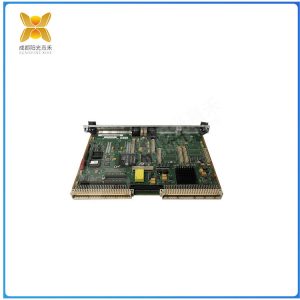
MVME2100
从可靠性和可维护性上看,由于电器控制系统使用了大量的机械触点,其存在机械磨损、电弧烧伤等,寿命短,系统的连线多,所以可靠性和可维护性较差。而PLC大量的开关动作由无触点的半导体电路来完成,其寿命长、可靠性高,PLC还具有自诊断功能,能查出自身的故障,随时显示给操作人员,并能动态地监视控制程序的执行情况,为现场调试和维护提供了方便。

MVME2100
From the perspective of control speed, the MVME2100 relay control system relies on the action of mechanical contacts to achieve control. The working frequency is low, and mechanical contacts may also experience shaking problems. The PLC controls the semiconductor circuit through program instructions, with fast speed, program instruction execution time in microseconds, and no contact jitter problem. From the perspective of timing and counting control, the electrical control system adopts the delay action of a time relay for time control. The delay time of a time relay is easily affected by environmental temperature and temperature changes, and the timing accuracy is not high. The PLC uses a semiconductor integrated circuit as the timer, and the clock pulse is generated by a crystal oscillator with high accuracy and wide timing range. Users can set the timing value in the program according to their needs, which is easy to modify and not affected by the environment. Moreover, the PLC has a counting function, while the electrical control system generally does not have a counting function.
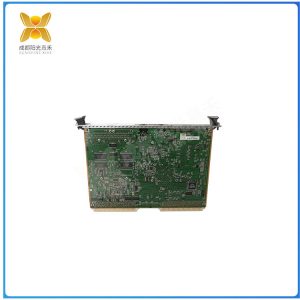
MVME2100



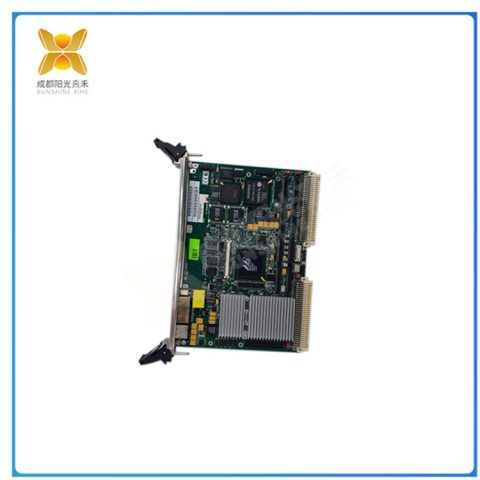

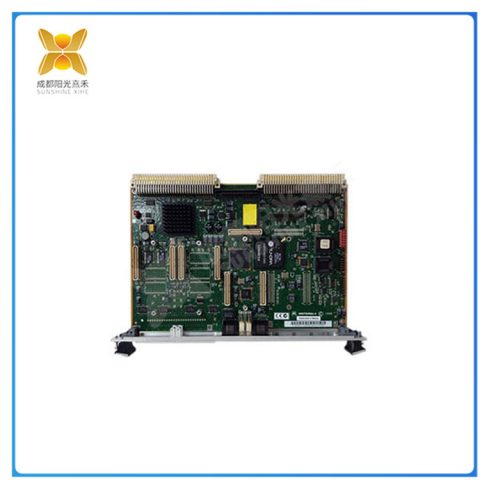
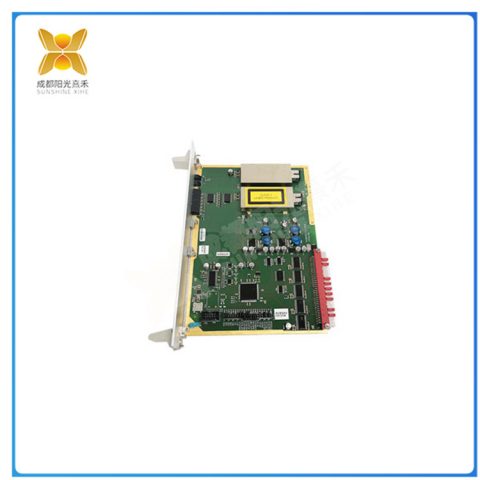
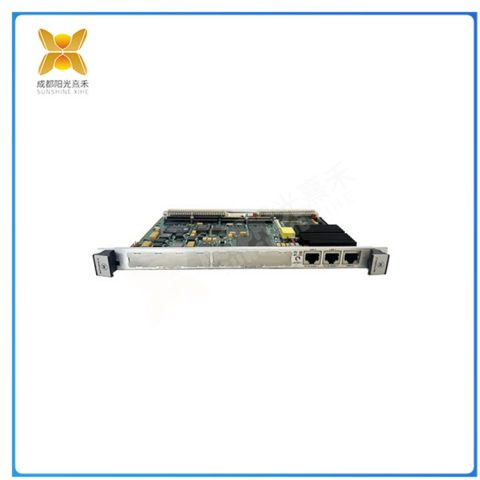
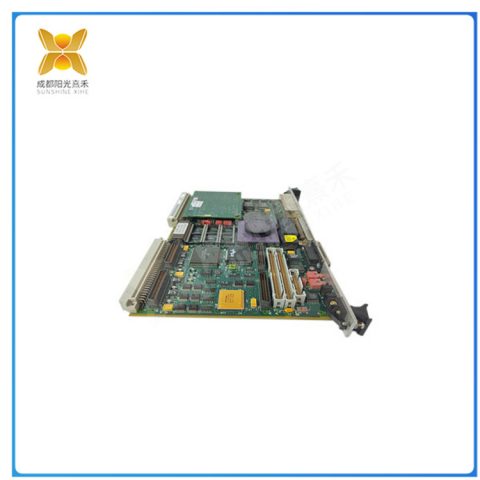
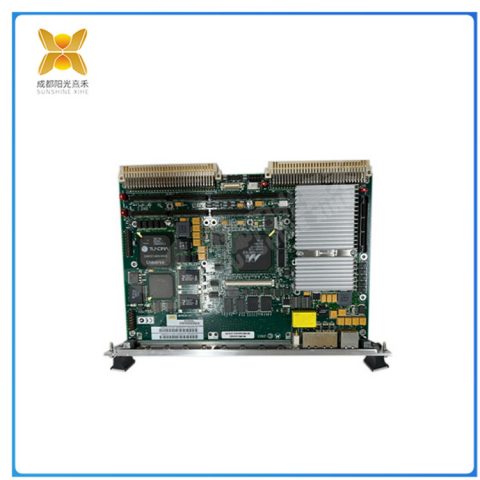
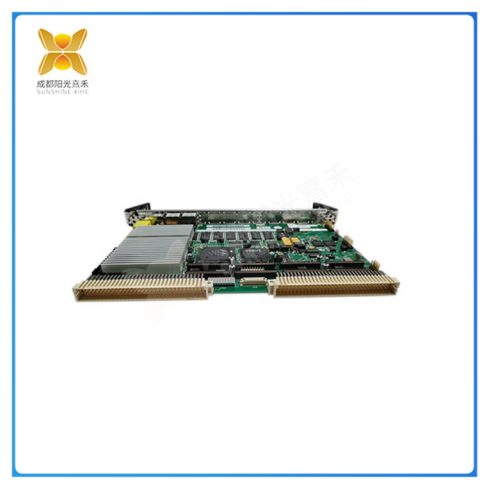
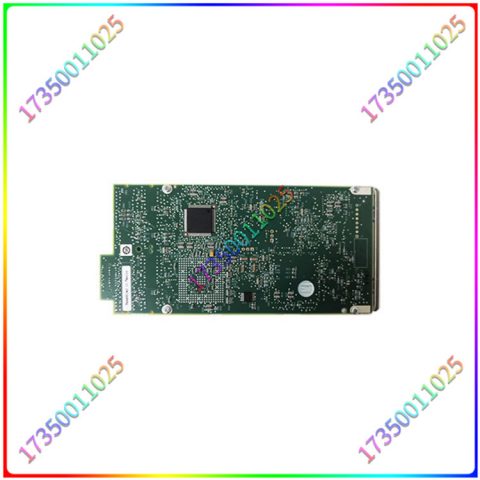
There are no reviews yet.